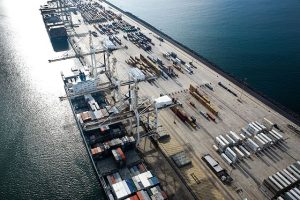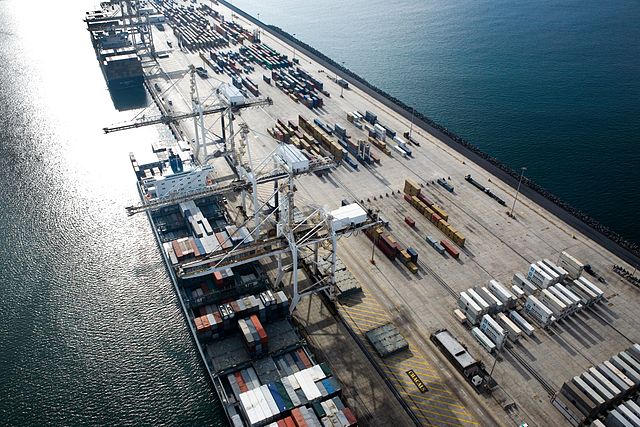 Following Hanjin Shipping’s bankruptcy, Drewry in a new analysis says that 12 out of 14 carriers in its study sample are in the so-called “distress zone” as its Z-score carrier financial stress index reaches a new record low.
Following Hanjin Shipping’s bankruptcy, Drewry in a new analysis says that 12 out of 14 carriers in its study sample are in the so-called “distress zone” as its Z-score carrier financial stress index reaches a new record low.
During the 2008-09 industry crash, Drewry initiated a Z-score freight operators’ financial stress index to provide a quick reference to the financial fitness of selected service providers.
“Any reading below 1.8 indicates a higher risk of bankruptcy, which our sample of major carriers collectively have not been able to escape from since the end of 2010,” it said.
“To emphasise the scale of the current financial risk the sample carriers’ average Z-score rating fell to its lowest point since the series started after the second-quarter 2016 financial statements were released,” it added.
Drewry said that the level of financial risk varies significantly. “Based on the latest available financial reports the Z-score table shows that only two (A.P. Moller-Maersk and OOIL) of the 14 selected companies scored high enough to make it to the cautionary ‘grey zone,’ with the remainder struggling in the “distress zone.” None of the shippers made it to the “safe zone.”
The Altman “Z-score” uses statistical techniques to predict a company’s probability of failure in the next two years, using data from a company’s financial statements. Drewry publishes the Z-score table in its monthly “Sea & Air Shipper Insight” report.
The decline in the Z-score index coincides with the heavy reduction in container freight rates that dropped to historical lows in the second quarter. But Drewry expects some uptick to the Z-score when the third-quarter 2016 results are published, as freight rates staged some recovery in the third quarter and the removal of Hanjin from the sample should benefit the average score.
“Nonetheless, carriers will almost certainly continue to reside in the so-called ‘distress zone,’” said the maritime shipping consultant.
Drewry also said the Hanjin collapse will lead shippers to award more volumes to those carriers who are closer to the safe zone and who provide visibility into their financial health
“The Hanjin situation exposed many shippers who booked space from other carriers who happened to be service partners, and customers are now much more aware that the risks extend beyond their own chosen service provider. Some shippers will demand that their cargo be booked on the carriers’ own ships,” it further said.
The report likewise highlighted how container industry debt is climbing again and that carriers do not have enough cash to meet their interest expenses. “Ballooning debt and negative cash flows for an extended period of time will exert serious strain on carrier business viability, which will increase the pressure on carriers to sell assets to stay afloat, or submit to a takeover,” said Drewry.
Photo: Delgoff, from Paris, France





